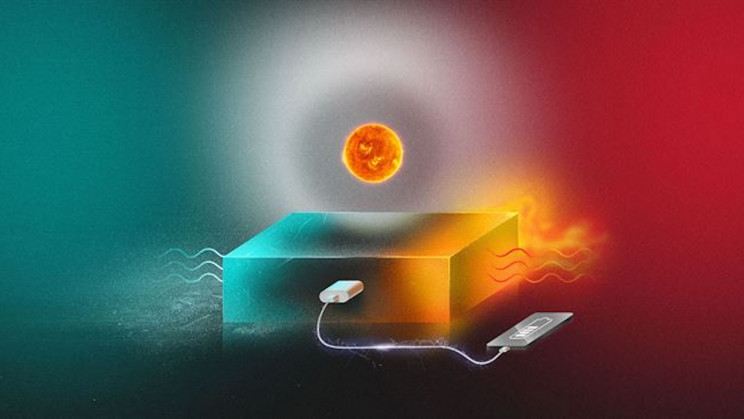A new method that uses visible LED light to decompose perfluoroalkyl substances (PFASs) is promising a solution for sustainable fluorine recycling and PFAS treatment.
A visible LED light was irradiated onto cadmium sulfide (CdS) nanocrystals and copper-doped CdS (Cu-CdS) nanocrystals with surface ligands of mercaptopropionic acid (MPA), dunked in a solution mixture containing PFAS, FPs, and triethanolamine (TEOA).
When irradiating these semiconductor nanocrystals, it generates electrons with a high reduction potential, which can break down the strong carbon-fluorine bonds in PFAS molecules. As a result, 100% perfluorooctanesulfonate, a type of PFAS, and 81% Nafion, a fluoropolymer, were broken down.
Perfluoroalkyl substances (PFASs), also known as forever chemicals, are a growing environmental and health threat. Because of its exceptional stability and resistance to water and heat, PFASs and perfluorinated polymers or PFs have been widely used since they were invented in 1938.
However, PFASs do not easily break down in the environment, making them accumulate in water and even the bodies of humans, causing a lot of diseases, like carcinogenic effects and hormonal disruptions.
Treating PFAS products remains challenging as they decompose only at temperatures exceeding 400°C, so certain amounts of products containing PFASs and PFs often end up in landfills, potentially creating future contamination risks.
This method can not only collect fluorine from waste PFAS but also reduce the need for new fluorine production, establishing a more sustainable recycling process in the future.
To get it to work, the researchers at Ritsumeikan University put a mixture, including 0.8mg of CdS nanocrystals (NCs), 0.65mg of PFOS, and 20mg of TEOA to 1.0 ml of water. Then, a 405-nanometer LED light was used to expose the solution, making the photocatalytic reaction.
After a series of chemical reactions, carbon-fluorine (C-F) bonds in PFOS were broken, leading to the removal of fluorine ions from the PFAS molecules.
The defluorination efficiency is determined by the amount of NCs and TEOA used and how long light exposure. It achieved 55%, 70–80%, and 100% breakdown of perfluorooctanesulfonate in 1, 2, and 8 hours respectively under the condition of light exposure.
Not only that, the researchers also successfully earned 81% defluorination of Nafion, a fluoropolymer, after 24 hours of light irradiation by this method. Nafion is a chemical commonly used as an ion-exchange membrane in electrolysis and batteries.







